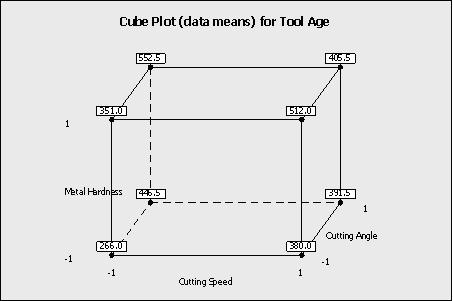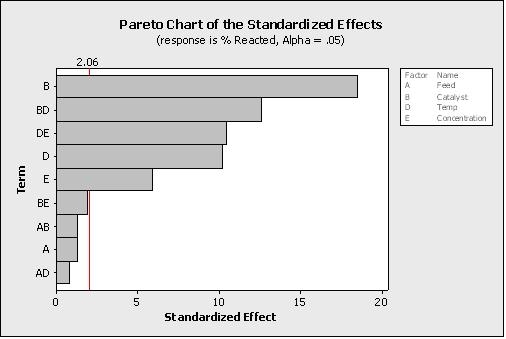IASSC Certified Lean Six Sigma Black Belt
Here you have the best Six Sigma ICBB practice exam questions
- You have 99 total questions to study from
- Each page has 5 questions, making a total of 20 pages
- You can navigate through the pages using the buttons at the bottom
- This questions were last updated on April 2, 2025

